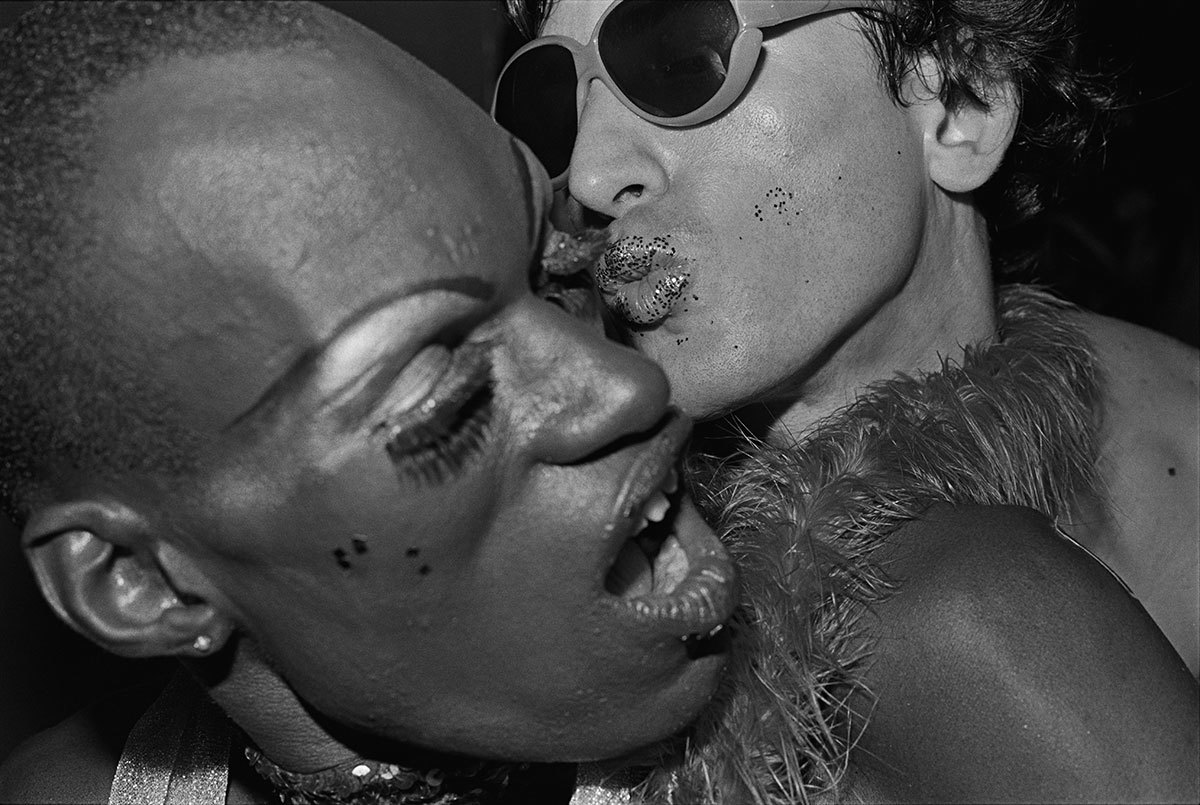We all know the iconic photographs of Bianca Jagger arriving at Studio 54 upon a white horse; Andy Warhol, Jerry Hall and Halston huddled around champagne bottle-covered tables and a baby Brooke Shields sitting next to a young Mariel Hemingway. The glamour of the 70s has only grown as it faded into memory. Photographer Bill Bernstein was there capturing it all at the time.
Introduced to the scene on a fateful night when he was sent to cover a night at Studio 54 by the Village Voice, he ended up documenting the scene for several years, often frequenting the city’s underground disco clubs and photographing the kids who were famous on the dance floor. Now the subject of an exhibition in London and an accompanying book, New York-based Bernstein explains to us the ongoing allure with all things disco and why things were never the same after the AIDS crisis.
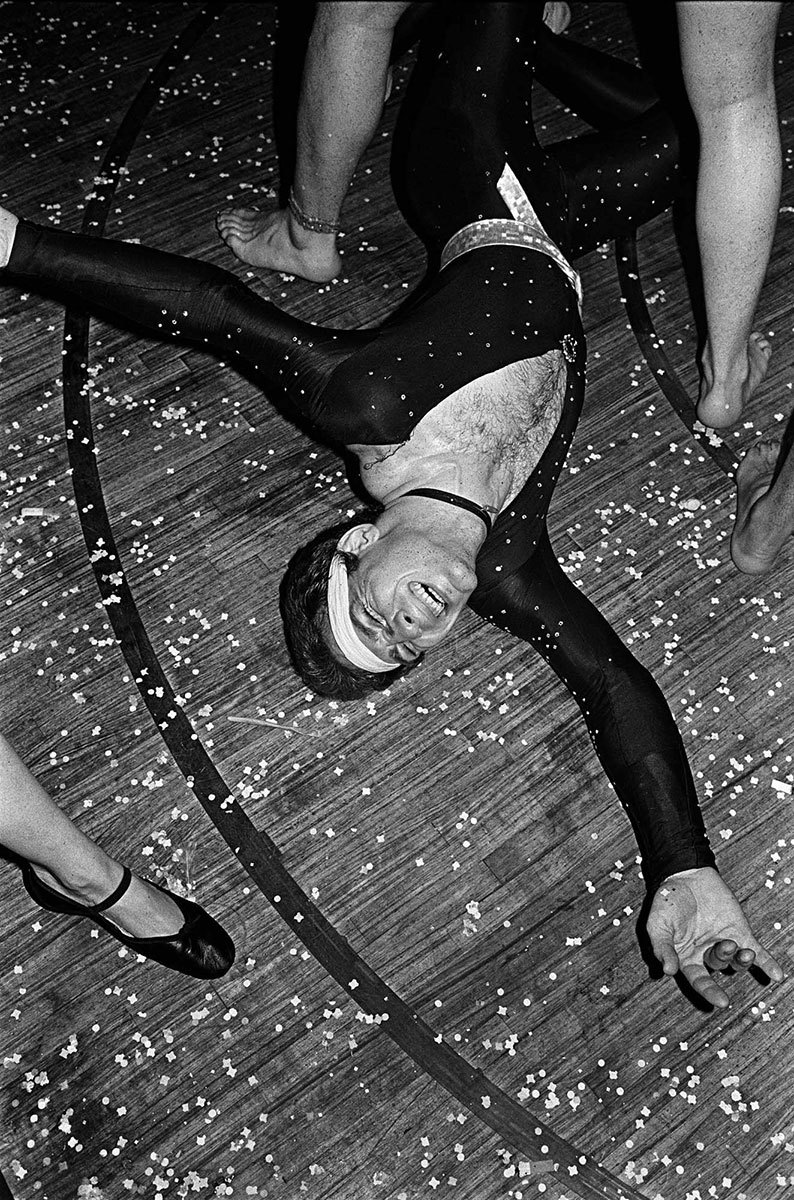
How did you get started photographing New York city nightlife?
I was just starting my freelance photography career at the time and I was doing a lot of freelancing for the Village Voice. There was an assignment for me to go up to Studio 54 one night and it was impossible to get into! You would stand in the street for hours and never get in so I thought this would be a good chance for me to actually get in because I’d have press credentials. So I stayed for the event that I was there to shoot and then after the event was over, I thought, ‘Hey, as long as I’m here I might as well see what all of this chatter is about.’ So I just stayed and I became very drawn into the disco scene.
Were you born and raised in New York?
I was born in New York but I was raised in the suburbs. [The disco era] was a particularly exciting period of time in New York City. It was truly creative, there was a magical but brief moment of time, before the AIDS crisis. There was about a three year period where disco was a phenomenon, there was a lot of creativity that went into the discos themselves.

What do you remember most about that time?
Not all the discos but for some of the popular ones like Studio 54 and Paradise Garage, people would come in costumes. It was about being outrageous, it was a time of gay liberation, women’s liberation and racial equality, all of these movements were expressing themselves on the dance floor together. There was just a lot of openness and acceptance and it was very magical, it manifested itself on the dance floor. All judgments were suspended during that period; it was very inclusive of queer people, transgender people, that kind of thing.
All of the documentary photography you associate with the time, feature the same famous people. The main focus of your photographs is the real people inside those nightclubs. Why did you choose to focus the people you did?
Because I thought that was the interesting part of the scene. These people had their day jobs, perhaps they were waiters or waitresses, so they could sleep most of the day and party most of the night. It became their lifestyle. They would be the ones there when I left at six in the morning. As a photographer throughout my career, I’ve worked with many big celebrities, and while I enjoyed photographing them back in the disco era, that wasn’t the story to me and also the other part, is that everybody was photographing the celebrities. They would swarm a celebrity table and and I thought, ‘Why would I want to shoot that picture?’ Because everybody else was getting it.

What do you think people got from the disco?
I think that when you look back on New York at that time, it was economically tough, the city was almost bankrupt. So I think that people were looking for an escape and the disco was a perfect escape. It was really something to draw yourself into to get away from the economic situation that was happening at that time. You could walk into a disco and become a star, even if you weren’t outside.
The AIDS epidemic had a big impact on the scene. What was the mood when the AIDS crisis began?
We called it the gay cancer. People didn’t know what it was but they knew that their friends were dying in droves and dying horrible deaths. There was very little information about what it is or what it could be, so people were sort of partying like there was no tomorrow. There was very little information about how you could catch it. People were even worried if saliva hit your face, we didn’t know if you could catch it if you touched somebody. Gay, straight, everybody got freaked out, and a lot of people stopped going to clubs.

Why do you think people are still obsessed with 70s?
I always think after 25 or 30 years pass, all of a sudden people want to look back and try to understand a certain era. You can now look back at it with fresh eyes and really see the whole picture. There are many other parts to it, but disco was such a phenomenon.
What are some of the differences you see in the way youth dressed in the 70s in comparison to now?
I don’t really go out to clubs that much anymore, but I do think that the young are more accepting of the trans community now. I have a 12-year-old son who talks about transgender people and he doesn’t understand why it is such a big deal. Two gay guys get married, or two lesbians get married, what’s the big deal, you know? Back in the disco days, people took a big risk in being gay, you walked outside the door and you could get beat up or killed, even if the discos were a safe haven.
Disco: The Bill Bernstein Photographs will be released November 16, 2015 byReel Art Press.
The release will coincide with an exhibition at Serena Morton Gallery, 343-345 Ladbroke Grove, London W10 6HA from December 3, 2015 – January 24, 2016.
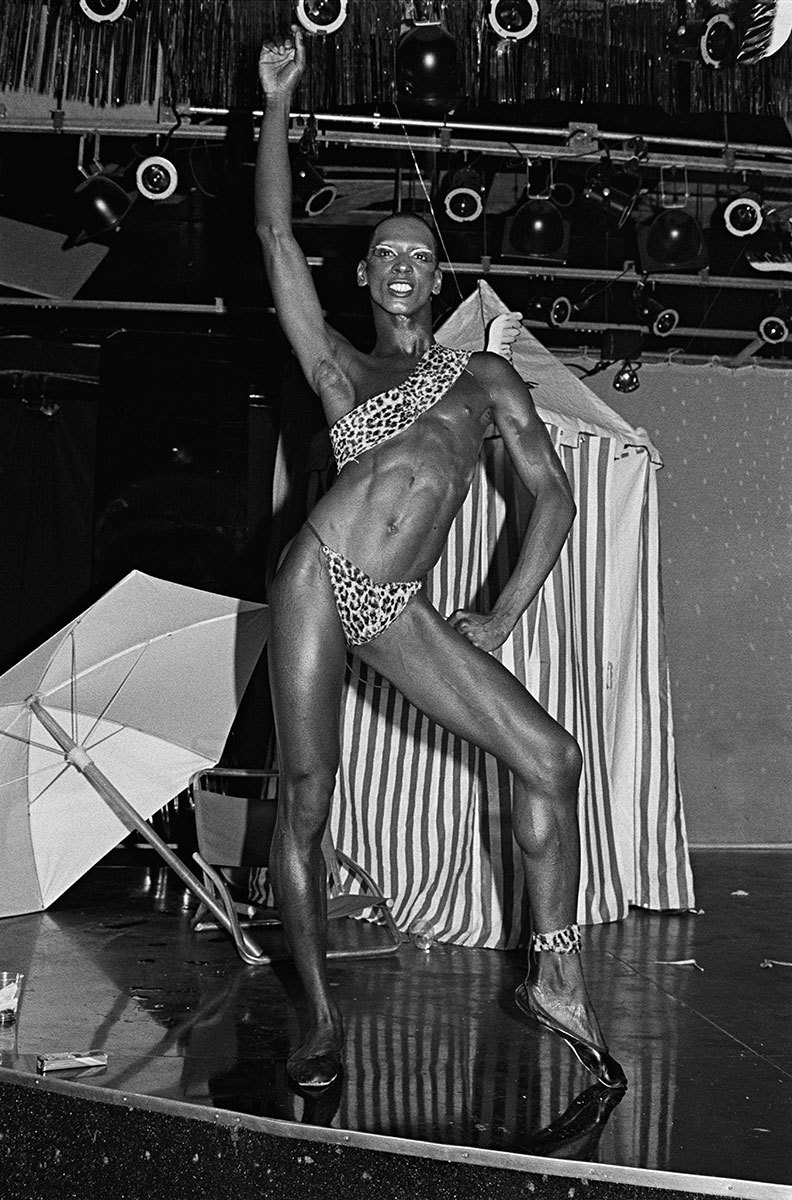

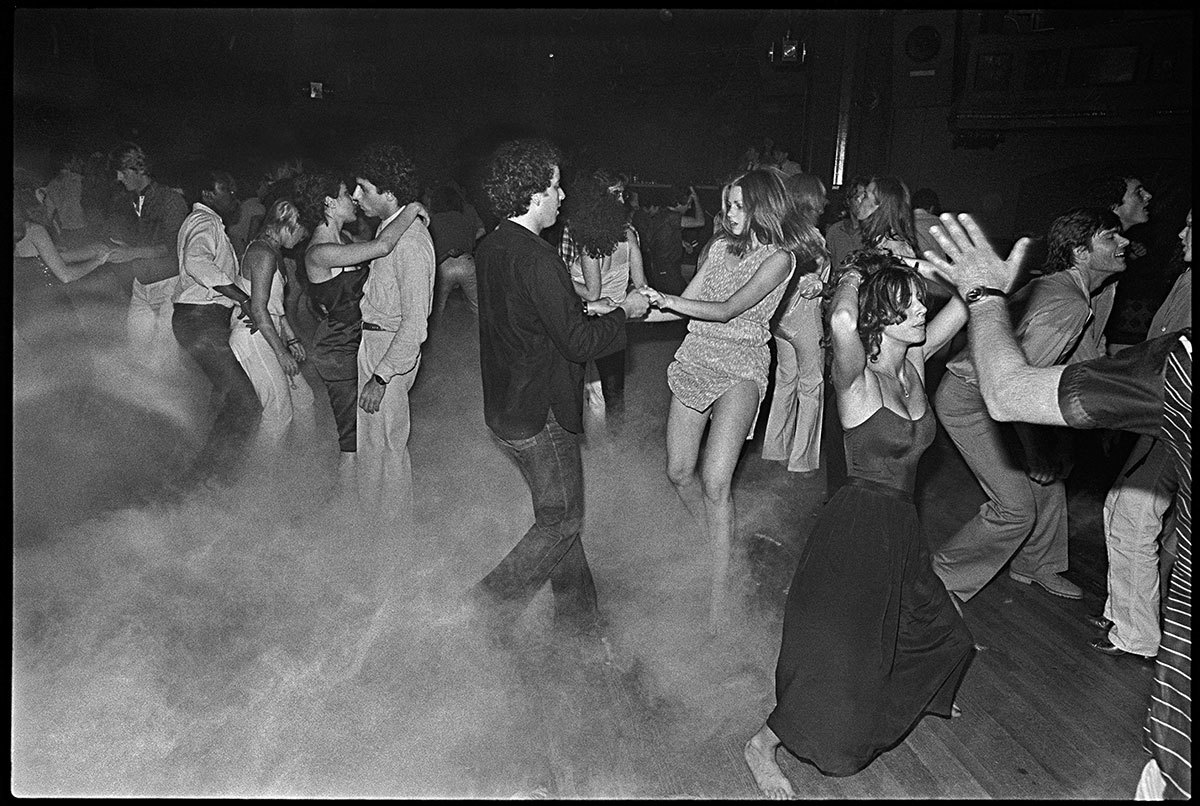

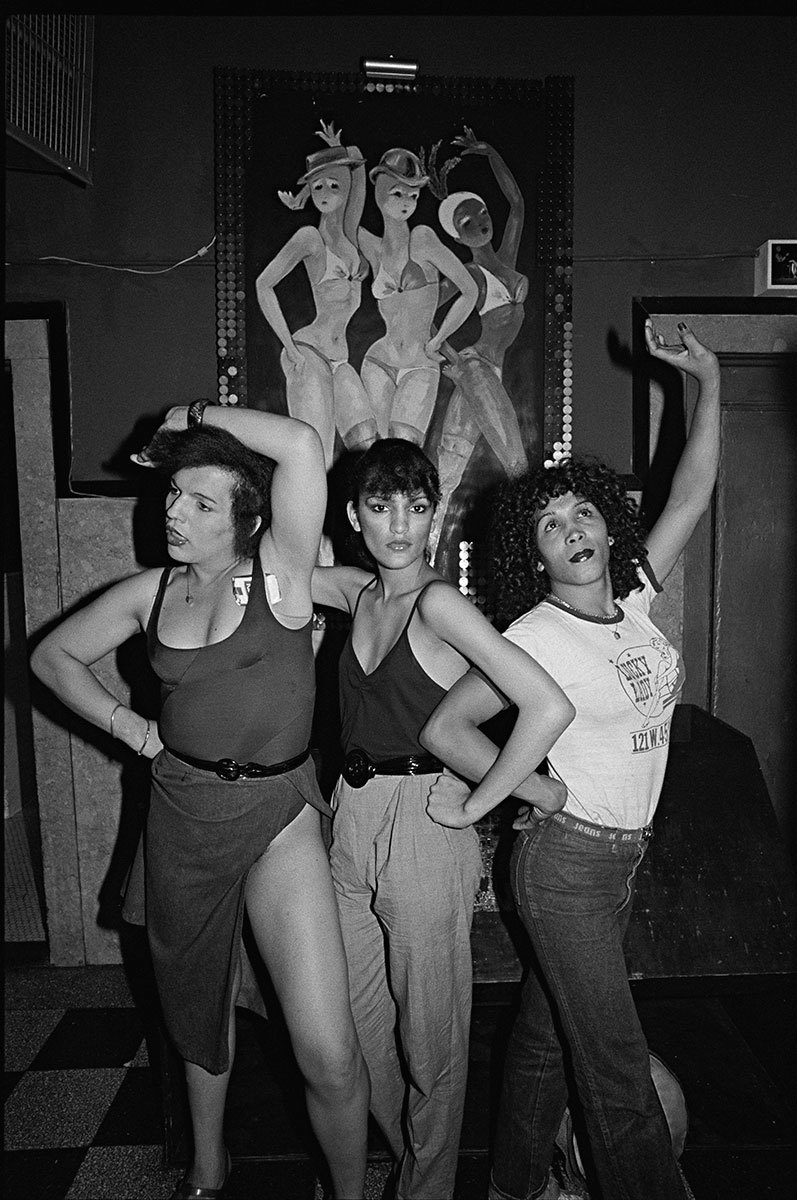
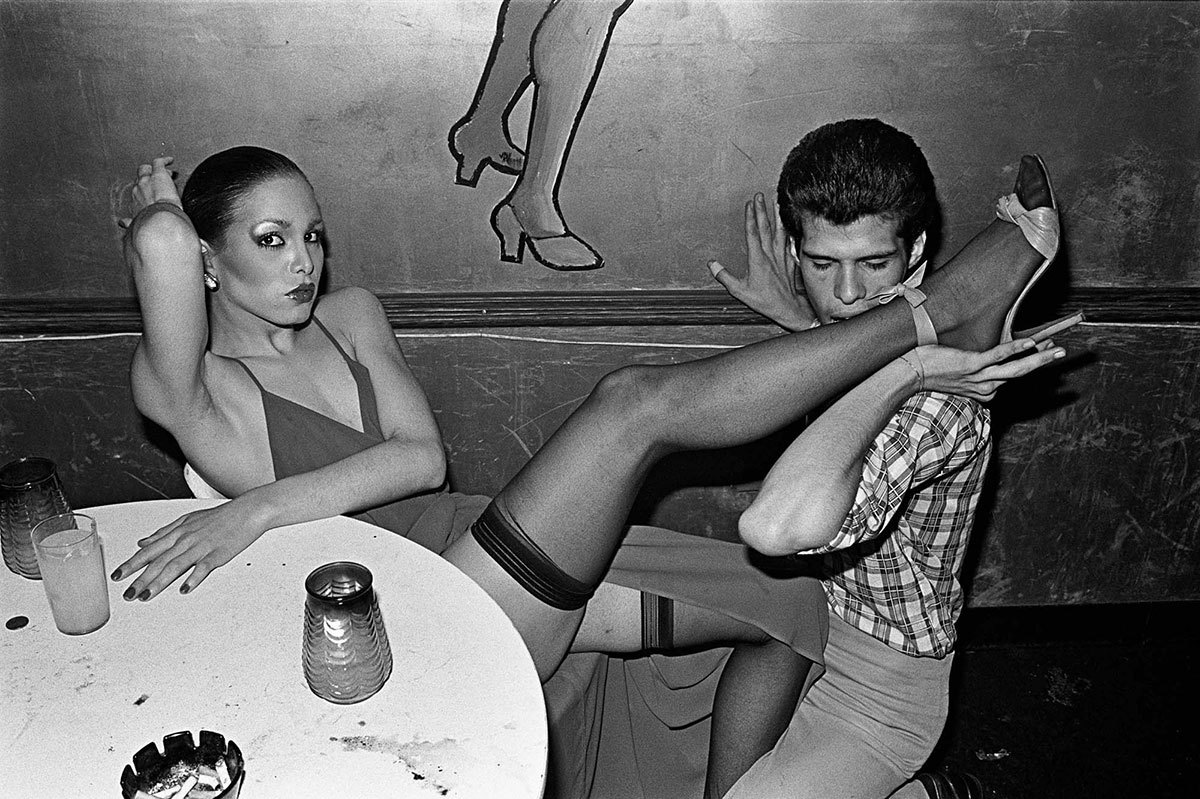

Credits
Text Lynette Nylander
Photography Bill Bernstein © Bill Bernstein / Reel Art Press
